Greenhouse farming is a popular method of agriculture, especially in Turkey. It allows farmers to grow crops throughout the year regardless of weather conditions. In greenhouses, farmers have complete control over the growing environment and can manipulate various factors like temperature, humidity, light intensity, and duration to optimize plant growth.
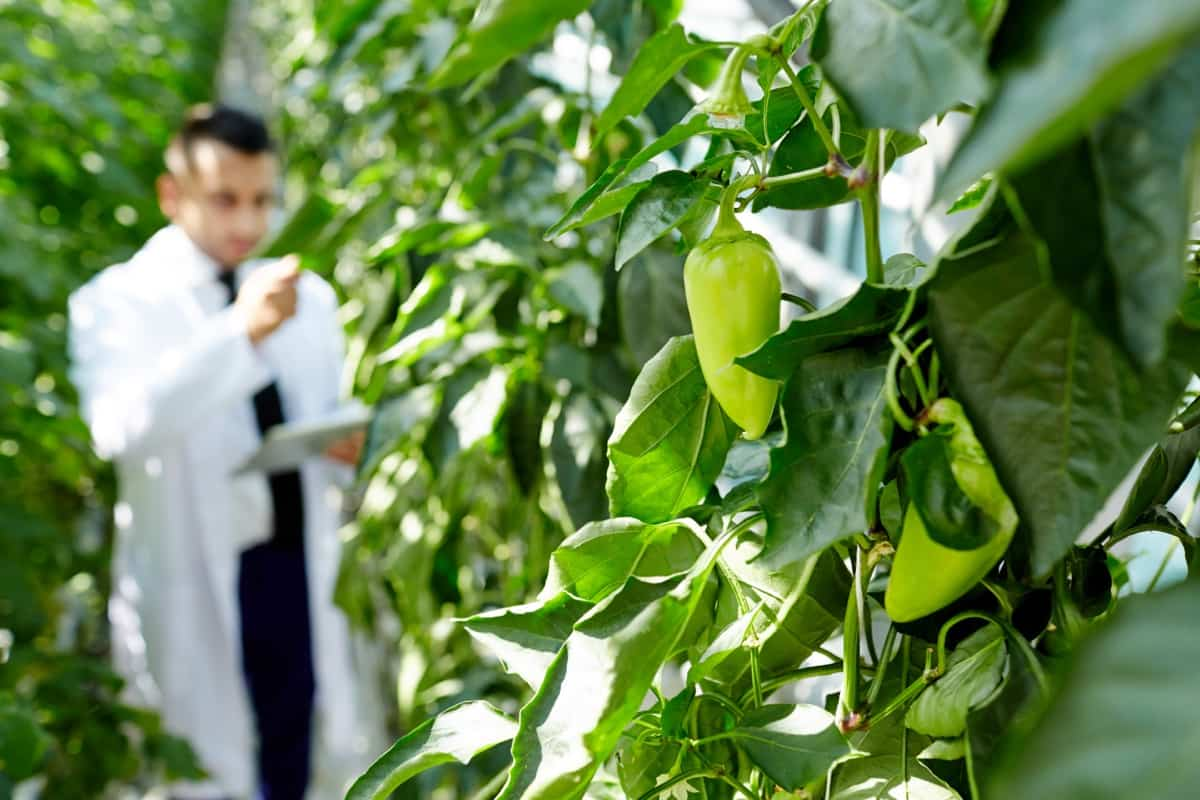
How to Start Greenhouse Farming in Turkey
What is Greenhouse Farming?
Greenhouse farming is growing crops in an enclosed, controlled environment. This type of farming mainly aims to provide plants with the optimum growing conditions they need to thrive and produce higher yields. Greenhouses are constructed using glass or plastic that allows sunlight to enter, keeping out harmful pests and insects. This way, farmers can grow their crops all year round without being affected by harsh weather conditions or seasonal changes.
In addition to providing a more stable environment for crop growth, greenhouse farming also helps conserve water and energy resources as it requires less irrigation and heating than traditional outdoor farming methods. Moreover, since greenhouses are closed environments, they offer greater control over temperature, humidity levels, and lighting intensity, translating into better-quality products.
In case you missed it: Greenhouse Farming in Italy: Crops, 1 Acre Greenhouse Cost, Subsidy, and Loans
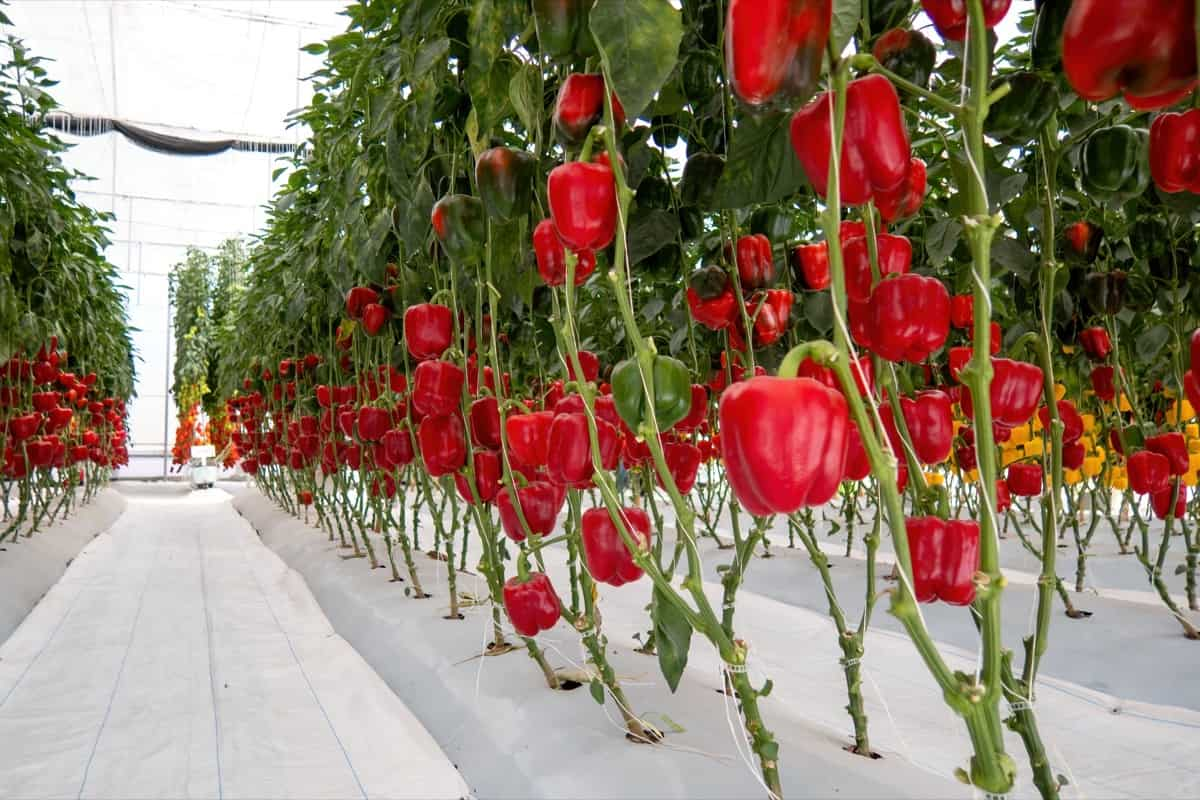
Benefits of Greenhouse Farming in Turkey
- Greenhouse farming has proven to be an effective solution for producing high-quality crops in areas where traditional outdoor agriculture may not be possible due to environmental factors or limited space availability.
- In recent years, Turkey has been at the forefront of greenhouse farming due to its ideal climate conditions and advanced technology. As a result, Turkey’s agricultural sector has seen significant growth in both domestic consumption and exports.
- The main idea behind this type of farming is to provide ideal growing conditions all year round by regulating temperature, humidity levels, and lighting inside the greenhouse. This is achieved through various systems such as heating and cooling units, ventilation fans, drip irrigation systems, and artificial lighting.
- Greenhouse farming offers many advantages over traditional open-field methods, including higher yields per square foot of land due to better control over plant growth factors such as water supply or fertilizer application; protection from pests and diseases; reduced reliance on pesticides or herbicides which can harm both humans and the environment.
- The main benefits of greenhouse farming are that it provides an ideal environment for plants to thrive. This means they grow faster than traditional outdoor crops, translating into higher yields per unit area. Another benefit is that greenhouse-grown produce tends to be better quality since it’s protected from pests, diseases, or harsh weather conditions.
- Additionally, greenhouse farms allow for crop diversification. Farmers can grow different types of crops simultaneously in separate compartments within one structure without compromising their production capacities.
Crops Grown Under Greenhouse Farming in Turkey
- Farmers in Turkey can grow a wide variety of crops within their greenhouses, including Tomatoes, Peppers, Cucumbers, Lettuce, and Eggplants, providing them with a steady income and contributing to the economy’s growth.
- One of the most popular crops grown in Turkish greenhouses is tomatoes. Turkey is among the top producers and exporters of Tomatoes worldwide.
- Aside from vegetables, flowers such as Roses and Carnations are also grown in Turkish greenhouses for exportation purposes. These flowers are highly valued for their quality and beauty around the world.
- Citrus fruits like Oranges, Lemons, Limes, and Grapefruits can also be found grown within these structures, along with strawberries which have seen an increase in their popularity over recent years.
Can You Grow in a Greenhouse Year-Round in Turkey?
Yes, but it depends on several factors, such as location, climate, and the type of crops being grown. Turkey generally has a Mediterranean climate with mild winters and hot summers. This makes it suitable for growing various fruits and vegetables throughout the year.
In case you missed it: Hybrid Chilli Yield Red and Green Per Acre in India
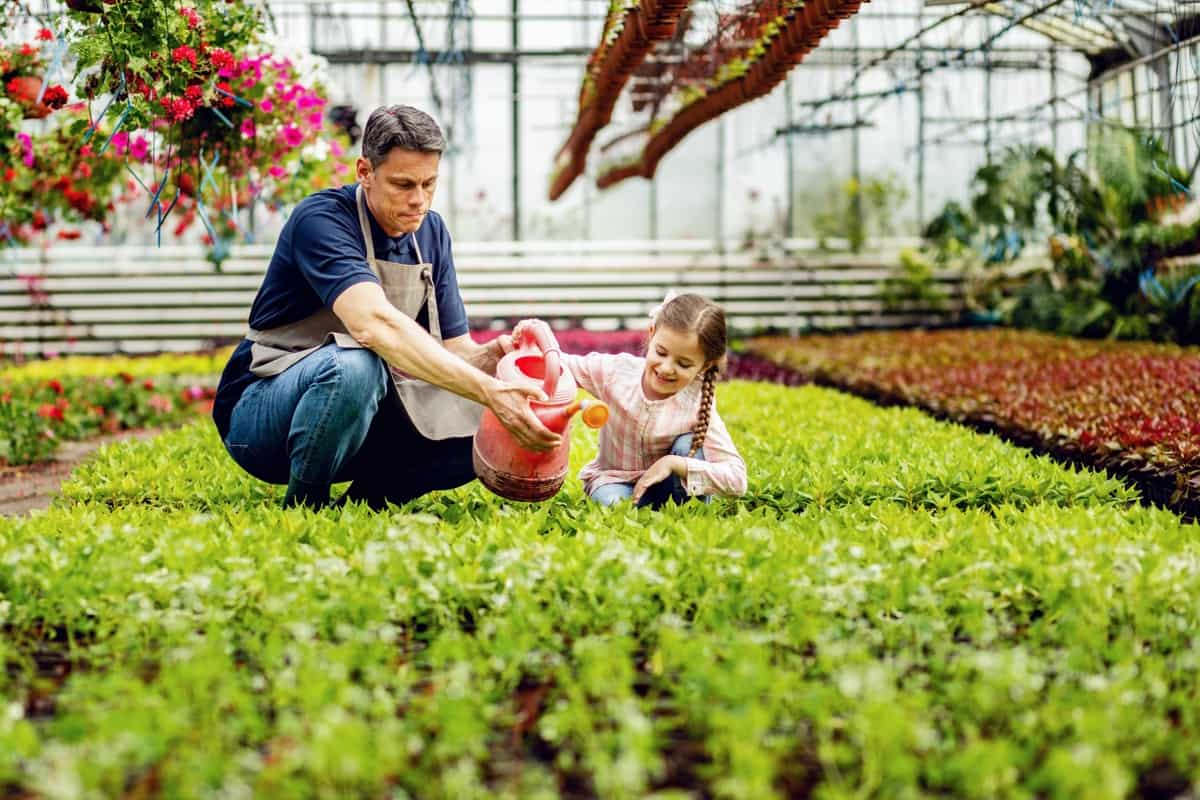
Additionally, selecting appropriate greenhouse designs based on the specific needs of each crop is crucial for achieving optimal results. For instance, high-tunnel greenhouses are ideal for summer vegetable production, while low-tunnel structures work better for winter greens. With proper planning and management strategies, growers can successfully produce crops year-round inside greenhouses in Turkey.
Steps to Create Greenhouse Farming in Turkey
- You must conduct thorough market research and identify the crops in high demand in the local and international markets. Analyze potential customers, competitors’ strengths and weaknesses, market trends, and product demand.
- Identify who will purchase your products or services based on demographics such as age range or geographic location. It is essential to choose the right location for your greenhouse farm. Ideally, you want an area with good soil quality, ample sunlight exposure, and easy access to water resources.
- Decide what crops you will grow, how much space you’ll need for them to thrive, etc.
- Consider various factors like temperature control systems, irrigation systems, etc., that would be required to ensure optimal growth conditions
- You must invest in high-quality greenhouse structures that withstand extreme weather conditions like storms and heavy rains. The type of greenhouse structure will depend on the crops you plan to grow.
- Farmers must ensure they properly understand the market demand for their crops. Conducting thorough research on consumers’ wants and needs can help farmers decide what crops to grow and improve sales.
- Having a reliable water source is crucial for greenhouse farming. Farmers must invest in efficient irrigation systems and ensure they maintain them regularly.
- Maintaining optimal temperatures and humidity levels within the greenhouse is essential for crop growth. Farmers can achieve this by investing in fans and temperature control systems.
- Regular monitoring of pests and diseases is vital for successful greenhouse farming. Early detection helps prevent further spread and damage to crops.
- Financial planning is crucial for any successful business venture, including greenhouse farming in Turkey. A detailed budget plan ensures farmers allocate resources effectively while keeping costs low without compromising quality output.
The Different Types of Greenhouse Farms in Turkey
- One popular type is the hoop house or a high tunnel, a simple structure made from PVC pipes or metal tubing covered in plastic. These structures are cheaper than traditional greenhouses but protect crops against weather elements. Hoop houses are the simplest type of greenhouse; they’re made up of a series of metal hoops covered with plastic sheeting.
- Another type is the traditional open field greenhouses used mainly for vegetable and fruit production. They are typically constructed with simple designs and low-cost materials.
- The next type for Turkish farmers is tunnel-type greenhouses, which consist mainly of low-cost structures made up of PVC pipes as frames and polyethylene films to cover them up; small-scale growers mostly utilize these due to their affordability.
Greenhouse Farming Areas in Turkey
- Antalya, Mersin & Adana account for 80% of Turkey’s greenhouse production. These places’ ideal climate means greenhouse farms can operate year-round without concern about harsh winters or scorching summers.
- Antalya is known for its warm climate and long growing season, which makes it ideal for growing crops like tomatoes, peppers, and cucumbers. The city has over 40 million square meters of greenhouses for vegetable production.
- Mersin is another popular greenhouse-farming location due to its warm Mediterranean climate. The region produces a variety of crops, including Tomatoes, Peppers, Eggplant, and Strawberries.
- Adana also benefits from a long growing season and mild winters, making it suitable for year-round crop production. Adana produces citrus fruits like Oranges and Lemons and other fruits like Grapes.
In case you missed it: Buzzing Towards Success: Creating a Comprehensive Beekeeping Business Plan
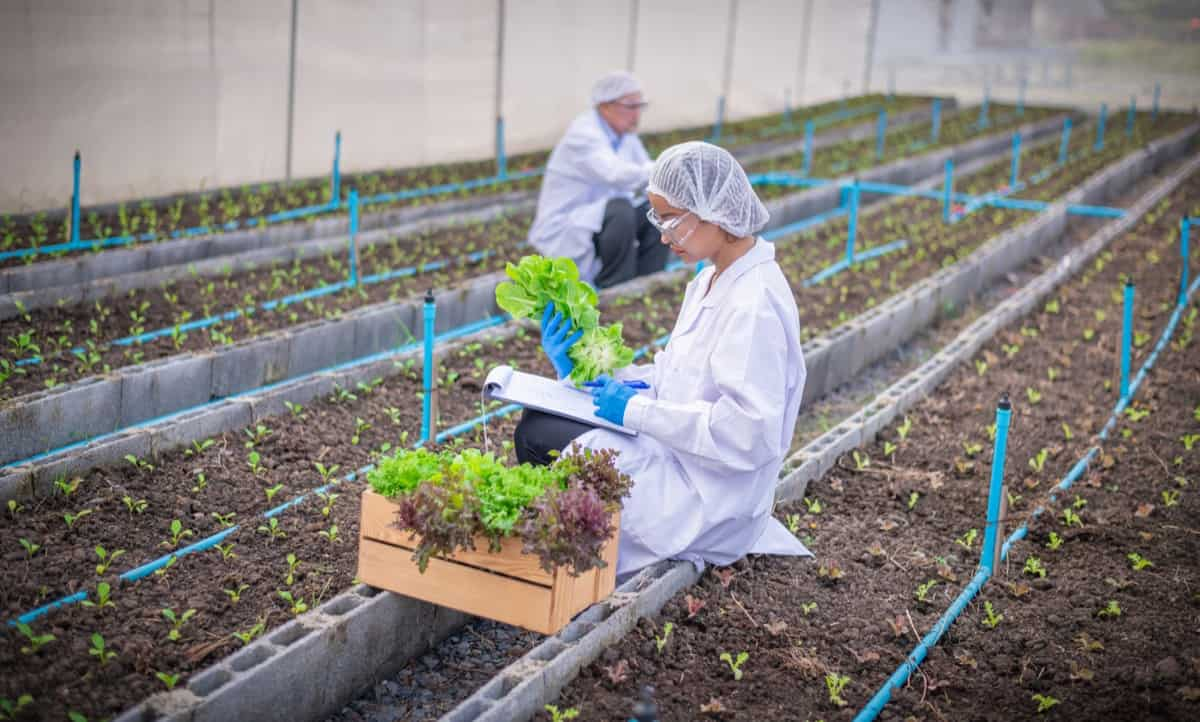
Why Turkey’s Geography Is Ideal for Greenhouse Farming?
The country has diverse geographies ranging from warm coastal regions to cool mountainous areas, which allow farmers to grow different crops throughout the year. Greenhouses cover approximately 7 billion square feet of land in Turkey, making it one of the world’s largest producers of greenhouse-grown products. This is due to its favorable climatic conditions that provide abundant sunshine and moderate temperatures all year round.
In addition, Turkey’s proximity to major export markets such as Europe makes it an attractive destination for international buyers looking for fresh produce. The country’s strategic location also benefits farmers from lower transportation costs and faster delivery times. Furthermore, Turkish farmers have access to modern technology that helps improve crop yields while reducing water usage and energy consumption.
This includes advanced irrigation systems, climate control mechanisms, and efficient heating sources essential for successful greenhouse farming. Turkey’s geography and modern technology make it an ideal greenhouse-farming location. With the increasing demand for locally grown produce worldwide, this industry is poised for continued growth in the country.
The Subsidy and Loans Available for Greenhouse Farmers in Turkey
Farmers in Turkey can benefit from various subsidy and loan schemes the government provides to help them establish their greenhouse farms. These schemes aim to support farmers with the high costs of setting up greenhouses and encourage them to increase their productivity. Greenhouse farming can be expensive, especially regarding the initial investment of building a greenhouse. However, in Turkey, the government offers subsidies to help farmers with the cost of starting and maintaining a greenhouse business.
These subsidies are available for both small-scale and large-scale greenhouses, with different amounts offered depending on factors such as location, crop type, and size of the greenhouse. The government also supports purchasing equipment and technology needed for efficient greenhouse production. One such scheme is the Agriculture Credit Cooperatives, which offers low-interest loans for agricultural purposes.
In case you missed it: A Step-By-Step Guide to Kelp Farming
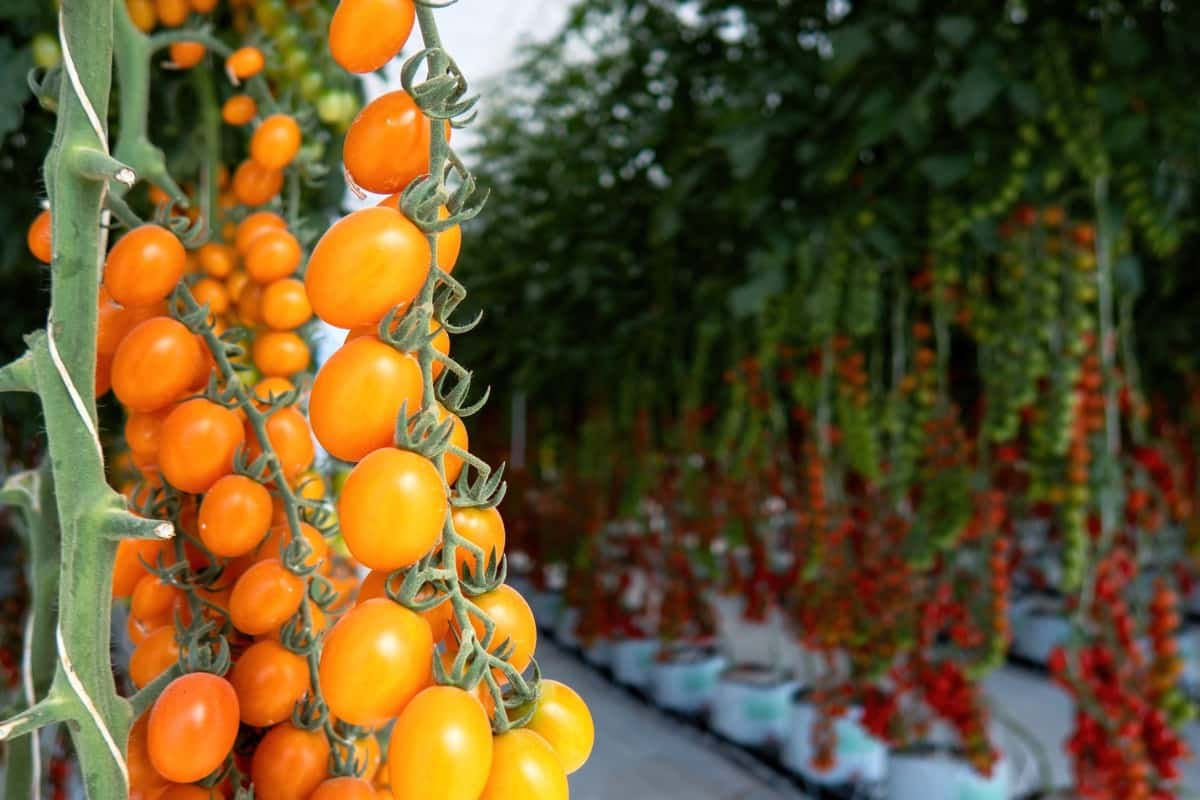
Farmers can apply for these loans through local cooperatives spread throughout the country. The interest rate for these loans is usually lower than that private banks offer. Another scheme available for farmers in Turkey is the Greenhouse Investment Support Program. This program financially supports farmers who want to invest in modern greenhouse technology or expand their existing greenhouses. It covers a percentage of investment costs such as construction expenses, heating systems, and automation equipment.
Furthermore, the Rural Development Supports Program (RDP) is designed to provide financial assistance for rural areas’ sustainable development projects like farming activities. This program helps cover aspects like machinery enhancements or crop diversification without risking environmental sustainability. The Turkish government has been proactive in providing subsidy programs and financing options, making it more feasible for small-scale farmers willing to develop a greenhouse farm system while maintaining economic sustainability within rural areas of Turkey.
Greenhouse Vegetable Production in Turkey
- Turkey has a vast and diversified range of greenhouse vegetable production. With its fertile soil and ideal climate, Turkey can produce almost all kinds of vegetables in greenhouses. The most commonly grown crops are Tomatoes, Cucumbers, Peppers, Lettuce, Eggplant, Zucchini, and Beans.
- Greenhouse vegetable production has become essential to the Turkish economy, enabling farmers to grow high-quality vegetables year-round. Furthermore, greenhouse farming practices help reduce water usage by up to 80% compared to open-field agriculture.
- The use of modern technology, such as drip irrigation systems, also helps optimize crop yields while minimizing water waste. Additionally, greenhouses protect plants from pests and diseases that can devastate whole fields in traditional outdoor farming approaches.
Is Greenhouse Farming Profitable in Turkey?
Greenhouse farming has become a lucrative business in Turkey as it allows farmers to grow crops all year round. Due to the favorable climatic conditions and government subsidies, greenhouse farming has been on the rise in Turkey for many years.
Challenges of Greenhouse Farming in Turkey
- Greenhouse farming in Turkey presents several challenges that farmers need to overcome. Firstly, there is a lack of knowledge and awareness about greenhouse technology, which can lead to improper use and management. Additionally, high energy costs associated with heating and cooling the greenhouses add to the financial burden of farmers.
- Another major challenge is water scarcity due to climate change and increased demand from other sectors. This has led to decreased available irrigation water for crops grown in greenhouses.
- Furthermore, pests and diseases can easily spread within the enclosed environment of greenhouses if not properly monitored and controlled. Competition from imported produce also poses a threat to local greenhouse farms.
- Despite these challenges, greenhouse farming remains an attractive option for Turkish farmers seeking higher yields while minimizing environmental impact.
In case you missed it: Importance of Biopesticides and Their Role in Agriculture
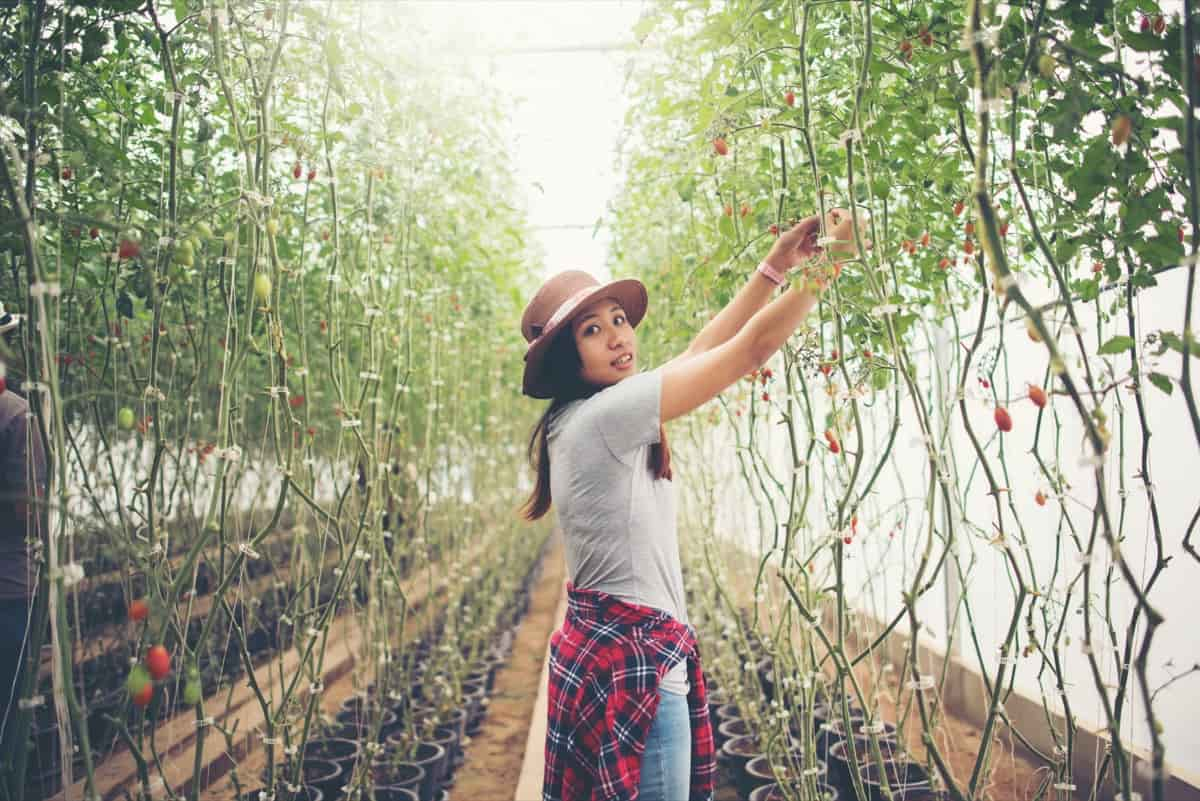
Conclusion
Starting a greenhouse farm in Turkey can be a profitable business venture but also requires significant financial investment. With controlled environmental conditions, greenhouse farming allows year-round crop production and protection from harsh weather elements. Turkey has become a prime greenhouse-farming location with its ideal geography and climate conditions.
- Economical Aquaculture: A Guide to Low-Budget Fish Farming
- 15 Common Planting Errors That Can Doom Your Fruit Trees
- How to Make Houseplants Bushy: Effective Tips and Ideas
- Innovative Strategies for Boosting Coconut Pollination and Yield
- Pollination Strategies for Maximum Pumpkin Yield
- The Complete Guide to Chicken Fattening: Strategies for Maximum Growth
- Natural Solutions for Tulip Problems: 100% Effective Remedies for Leaf and Bulb-Related Issues
- Revolutionizing Citrus Preservation: Towards a Healthier, Greener Future
- Natural Solutions for Peony Leaf and Flower Problems: 100% Effective Remedies
- Maximizing Profits with Avocado Contract Farming in India: A Comprehensive Guide
- Natural Solutions for Hydrangea Problems: 100% Effective Remedies for Leaf and Flowers
- The Ultimate Guide to Choosing the Perfect Foliage Friend: Bringing Life Indoors
- From Sunlight to Sustainability: 15 Ways to Use Solar Technology in Agriculture
- The Ultimate Guide to Dong Tao Chicken: Exploring from History to Raising
- The Eco-Friendly Makeover: How to Convert Your Unused Swimming Pool into a Fish Pond
- Mastering the Art of Delaware Chicken Farming: Essentials for Healthy Backyard Flocks
- 20 Best Homemade Fertilizers for Money Plant: DIY Recipes and Application Methods
- How to Craft a Comprehensive Free-Range Chicken Farming Business Plan
- Brighten Your Flock: Raising Easter Egger Chickens for Beauty and Bounty
- How to Optimize Your Poultry Egg Farm Business Plan with These Strategies
- Subsidy for Spirulina Cultivation: How Indian Government Schemes Encouraging Spirulina Farmers
- Ultimate Guide to Raising Dominique Chickens: Breeding, Feeding, Egg-Production, and Care
- Mastering the Art of Raising Jersey Giant Chickens: Care, Feeding, and More
- Ultimate Guide to Raising Legbar Chickens: Breeding, Farming Practices, Diet, Egg-Production
- How to Raise Welsummer Chickens: A Comprehensive Guide for Beginners
- How to Protect Indoor Plants in Winter: A Comprehensive Guide
- Ultimate Guide to Grow Bag Gardening: Tips, Tricks, and Planting Ideas for Urban Gardeners
- Guide to Lotus Cultivation: How to Propagate, Plant, Grow, Care, Cost, and Profit
- Agriculture Drone Subsidy Scheme: Government Kisan Subsidy, License, and How to Apply Online
- Ultimate Guide to Raising Araucana Chickens: Breed Profile, Farming Economics, Diet, and Care
- Bringing Hydroponics to Classroom: Importance, Benefits of Learning for School Students
- Ultimate Guide to Raising Polish Chickens: Breed Profile, Farming Economics, Diet, and Care
- Ultimate Guide to Raising Australorp Chickens: Profile, Farming Economics, Egg Production, Diet, and Care
- Silkie Chicken Farming: Raising Practices, Varieties, Egg Production, Diet, and Care
- Sussex Chicken Farming: Raising Practices, Varieties, Egg Production, Diet and Care
- Homemade Feed Formulations for Livestock: Discover Cost-effective Starter to Finisher Feed Recipes